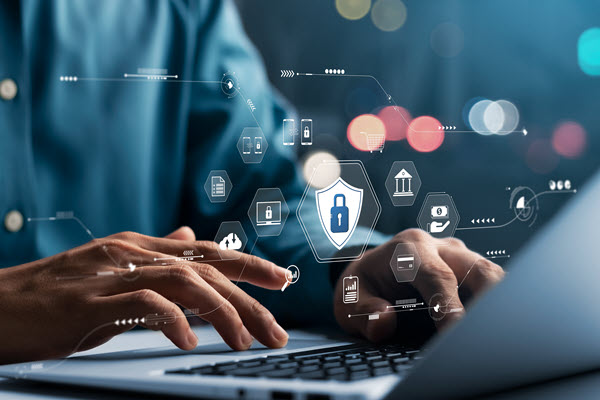Quantum computing is rapidly transitioning from theory to reality, using the principles of quantum mechanics to achieve computational power far beyond traditional computers. Imagine upgrading from a bicycle to a spaceship—quantum computers can solve complex problems at extraordinary speeds. However, this leap in computing power poses significant challenges, particularly for cybersecurity, which forms the backbone of data protection in our digital world.
The Quantum Revolution and its Impact on CyberSecurity
Today’s cybersecurity heavily relies on encryption, converting data into secret codes to protect sensitive information like passwords, financial data, and emails. Modern encryption relies on complex mathematical problems that even the fastest supercomputers would take thousands of years to solve. However, quantum computers could change this model. Cryptography operates on the assumption that classical computers cannot break their codes. With their immense power, quantum computers may be able to crack these algorithms in hours or even minutes. This possibility is alarming, as it could make current encryption techniques obsolete, putting businesses, governments, and individuals at risk.
The Risks for Businesses and Organizations
Quantum computing introduces vulnerabilities that could disrupt how organizations secure their data. Once quantum computers mature,  bad actors and cyber criminals can introduce the following key risks:
- Fraudulent Authentication : Â Bypass secure systems, unauthorized access to applications, databases, and networks.
- Forgery of Digital Signatures: This could enable hackers to forge digital signatures, tamper with records, and compromise the integrity of blockchain assets, audits, and identities.
- Harvest-Now, Decrypt-Later Attacks: Hackers might steal encrypted data today, store it, and wait until quantum computers mature to decrypt it. This approach poses long-term threats to sensitive data.
Solutions to Achieve Quantum Safety
Organizations must act proactively to safeguard their systems against quantum threats. Here’s a three-step approach by few experts in the field:
1. Discover
- Identify all cryptographic elements in your systems, including libraries, methods, and artifacts in source and object code.
- Map dependencies to create a unified inventory of cryptographic assets.
- Establish a single source of truth for cryptography within your organization.
2. Observe
- Develop a complete inventory of cryptographic assets from both a network and application perspective.
- Analyze key exchange mechanisms like TLS and SSL to understand current vulnerabilities.
- Prioritize assets based on compliance requirements and risk levels.
3. Transform
- Transition to quantum-safe algorithms and encryption protocols.
- Implement new quantum-resistant certificates
By doing this, we need to make sure that we are also following a process that can achieve crypto-agility. Crypto agility mean that how can you reduce the burden on development as well as the operational environment so that its not disrupting our existing systems and applications, rather giving us an ability to move from old algorithms to new algorithms seamlessly. Which in short means we can have crypto agility as service capabilities, starting from encryption, lifecycle management, and certificate management capabilities that would be quantum safe. Whenever we need them in our business applications , we can simply make an API call when a new encryption, new certificate or a new key is needed.
The Role of Technology Leaders in Quantum Safety
Leading technology companies are making strides to address quantum challenges:
- IBM: Developing advanced quantum systems and promoting quantum-safe encryption.
- Google: Advancing quantum computing through its Quantum AI division, with applications in cryptography and beyond.
- Microsoft: Offering access to quantum resources via its Azure Quantum platform, focusing on securing systems against future threats.
- Intel and Honeywell: Investing in quantum hardware and research collaborations to tackle cybersecurity challenges.
- Startups: Companies like Rigetti Computing and Post-Quantum are innovating quantum-resistant encryption solutions.
What Can Be Done Today?
- Adopt Quantum-Safe Algorithms: Start transitioning to post-quantum cryptography to future-proof your systems.
- Raise Awareness and Invest in Research :Educate stakeholders about quantum computing risks and benefits while fostering innovation in quantum-safe technologies.
- Collaborate Across Sectors :Governments, businesses, and tech leaders must work together to develop secure, quantum-resilient systems.
Conclusion
Quantum computing holds incredible promise but also presents unmatched risks, particularly to cybersecurity. While quantum computers won’t break the internet overnight, organizations must act now to prepare for this transformative technology. By adopting quantum-safe practices and embracing innovation, we can secure our digital future in the face of quantum challenges.
Source: Â

